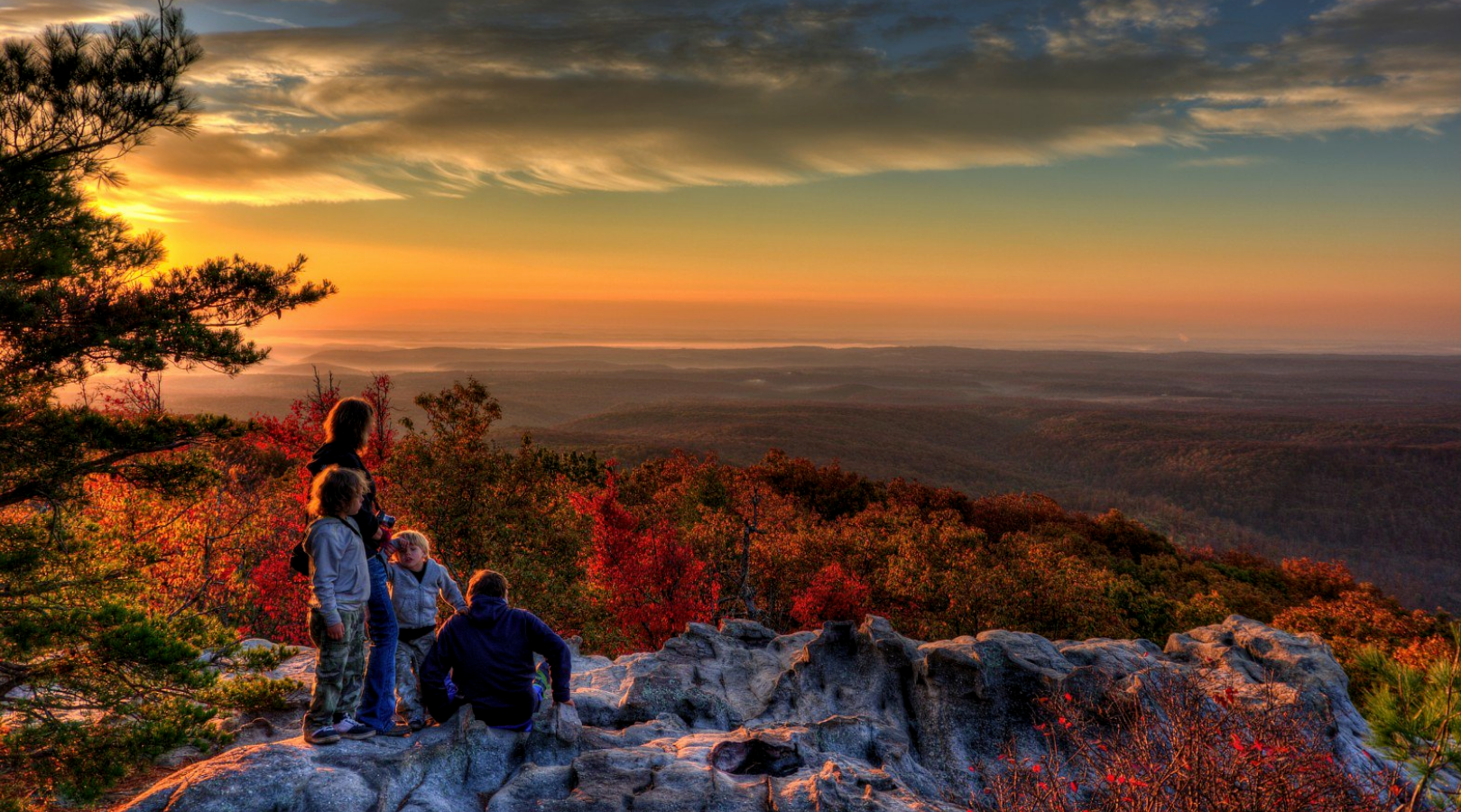Conservation organizations throughout the Southeast face challenges unlike those in the rest of the country. Simply put, there’s too much at risk here to lose. Tennessee is home to the Duck River, America’s most biodiverse river; the Cumberland Plateau, one of the country’s richest geologic formations (especially the massive cave systems); the Highland Rim, flanking Nashville with its lush forests; the Cradle of Southern Appalachia, where the mountains and waters provide bountiful benefits; the wetlands of west Tennessee; and, of course, the Mighty Mississippi River, a source of life, pride, and industry in America.
For decades, TennGreen Land Conservancy has embarked on a mission to conserve land where people and nature can thrive. Through our dedication to protecting Tennessee’s natural world, we’ve safeguarded over 43,000 acres of land, expanded and created parks and wildlife management areas, and privately protected farms and forests throughout the state. Collaborating with accomplished partners, such as The Conservation Fund and The Nature Conservancy (TNC), TennGreen aims to conserve our shared rich natural history for now and for future generations. Partners, members, and friends have allowed the organization to take advantage of conservation opportunities as they’ve become available, and TennGreen continues to be grateful for the ongoing support of its members, who understand the risk that is ever-present to us and our natural world.
In 2020, TennGreen’s Board of Directors adopted the organization’s first Strategic Land Conservation Plan. This comprehensive document uses sophisticated data mapping (guided by TNC) to identify places and parcels for which conservation will have the most significant impact. With the aid of TNC and TennGreen’s Strategic Land Conservation Plan Steering Committee, TennGreen’s experts mapped conservation priorities through Geographic Information System (GIS) modeling in four focal areas:
- Large connected corridors.
- Areas of critical biodiversity under threat of conversion.
- Lands along key rivers and streams.
- Areas for public benefit.
Now that this roadmap is complete, TennGreen’s accomplished staff begins strategic outreach and communication efforts to inform and educate landowners about their conservation options. TennGreen will also work with partners and communities to ensure that its role is not just reactive, but proactive, and that each purchase, donation, and conservation easement has the largest impact in protecting the most important natural habitats throughout Tennessee.
Never fear—TennGreen is still nimble and able to “answer the call” when urgent conservation opportunities arise! This new framework will provide a lens to focus on proactive outreach and programming to ensure that the best of our natural world is protected.
Top photo: Family Enjoying Sunrise at Black Mountain – Photo by Christopher Oliver

